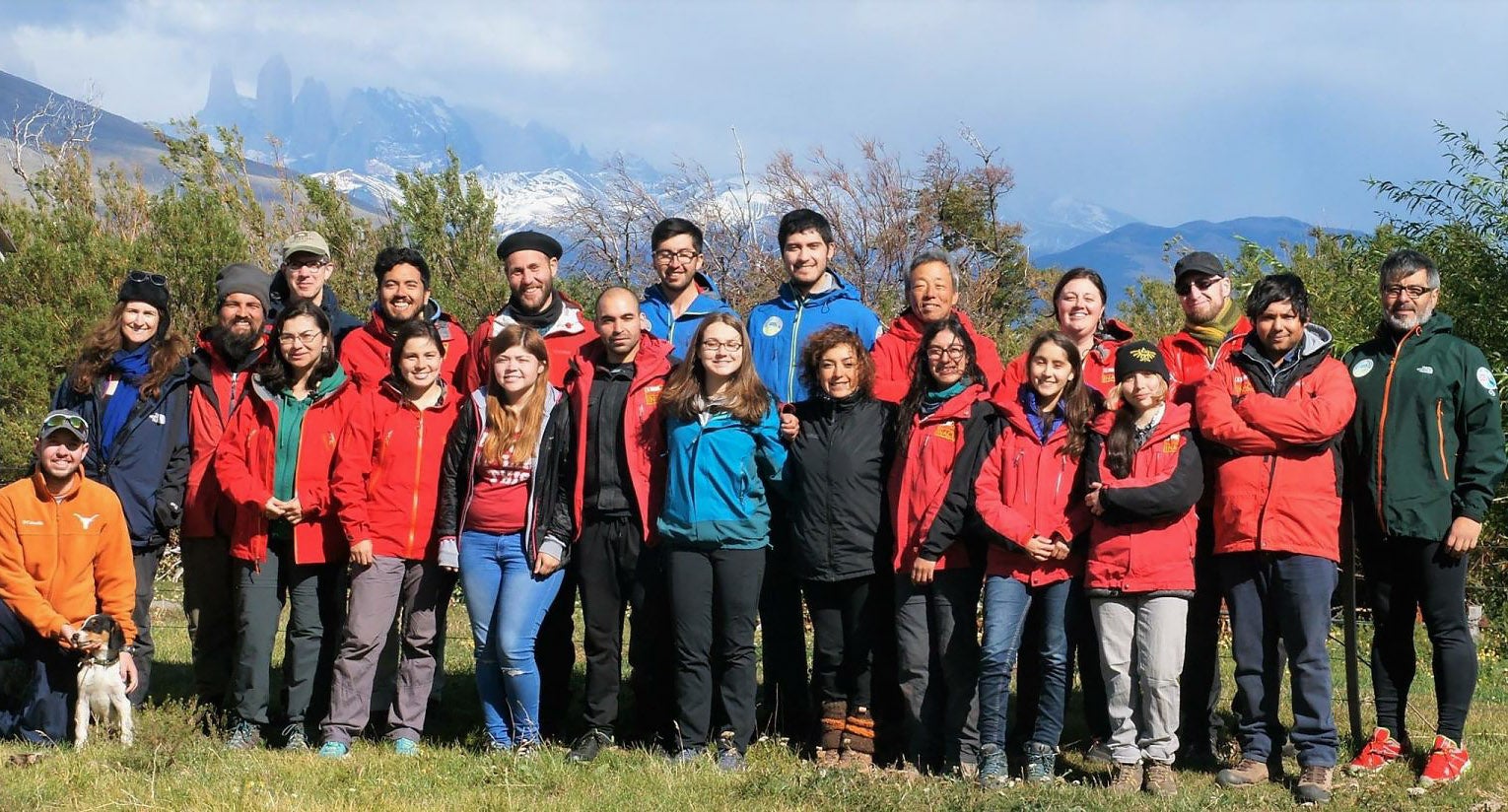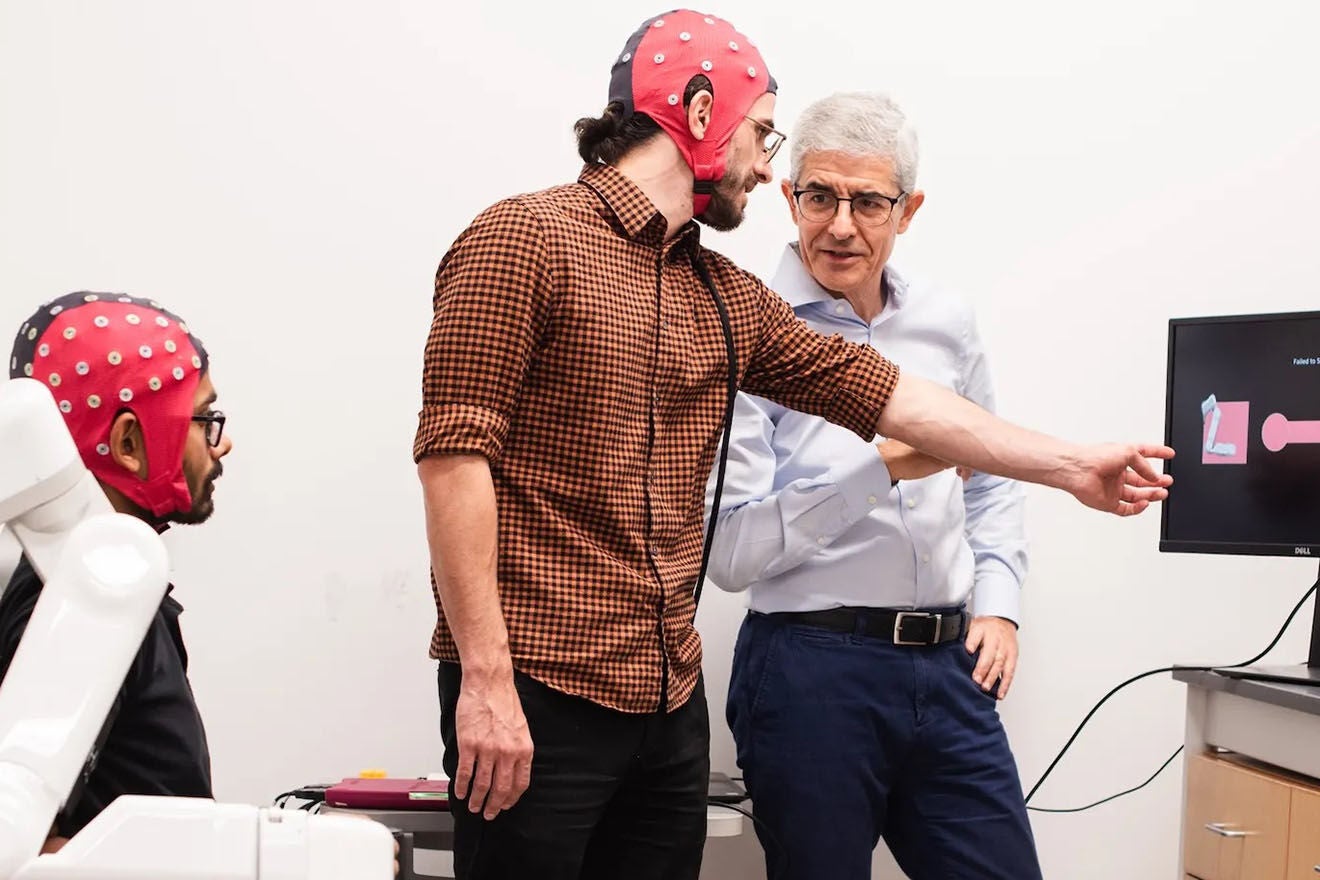Jackson School of Geosciences
Fossils Reveal Patagonia Diversity

A study led by UT Austin provides a glimpse into the biodiversity of dinosaur and bird populations in South America’s Patagonia region during the Late Cretaceous period.
The fossils represent the first record of theropods — a dinosaur group comprising modern birds and their closest dinosaur relatives — from Chilean Patagonia.

“The fauna of Patagonia, leading up to the mass extinction, was really diverse,” said lead author Sarah Davis, who completed this work under her doctoral studies with Professor Julia Clarke in the UT Jackson School of Geosciences. “Large theropod carnivores and smaller carnivores, as well as bird groups coexisting alongside other reptiles and small mammals.”
Since 2017, students in Clarke’s lab have collaborated with Chilean scientists in Patagonia to collect fossils and build a record of the plant and animal life present before an asteroid strike triggered the mass extinction that killed off most dinosaurs.
“We still need to know how life made its way in that apocalyptic scenario and gave rise to our southern environments in South America, New Zealand, and Australia,” said Marcelo Leppe, director of the Antarctic Institute of Chile. “Here, theropods are still present — no longer as dinosaurs as imposing as megaraptorids — but as the diverse array of birds found in the forests, swamps, and marshes of Patagonia, and in Antarctica and Australia.” Read More
Cockrell School of Engineering
Jackson School of Geosciences
Energy Institute Pursues Sustainability Research
UT Austin’s Energy Institute is collaborating with global oil companies on the Strategic Energy Seed Grant initiative, which funds sustainable energy research aimed at mitigating greenhouse gas emissions.
As part of the 2023 Strategic Energy Seed Grant Program, oil companies Chevron, Shell, SLB, and longtime UT Austin supporters ExxonMobil and ConocoPhillips each contributed up to $100,000 in grants to graduate students and postdoctoral fellows to spark innovation in climate security and decarbonization.
This arrangement allocates funds toward critical areas of research and supports opportunities for energy community members to engage directly with UT Austin students.
In 2022, the Energy Institute awarded 17 interdisciplinary research teams more than $1 million to kick-start their projects and attract federal funding for initiatives focused on emerging energy technologies designed to reduce overall greenhouse gas emissions.
“This funding will help accelerate the scientific, engineering, technological, economic, and policy innovations necessary to ensure that all people have access to the energy they need as global energy demand continues to rise,” says Energy Institute Director Brian Korgel. “It continues the momentum of initiatives aimed at dramatically reducing greenhouse gas emissions and harmful environmental impacts.”
Research proposals in 2023 centered on industrial decarbonization, carbon capture and storage, water use and conservation, and low- and zero-carbon fuels. Twenty-one students and fellows representing nine teams from the Cockrell School of Engineering and the Jackson School of Geosciences received awards, chosen from among 46 proposals.
The program directly addresses Energy and Environment, one of the key topical pillars of research designated by then-UT President Jay Hartzell as an integral part of UT’s strategic plan, Korgel said. Read More
“This funding will help accelerate the scientific, engineering, technological, economic, and policy innovations necessary to ensure that all people have access to the energy they need as global energy demand continues to rise.”
— Brian Korgel, Director, Energy Institute
College of Natural Sciences
Climate Change Impacts Arctic Food Webs
Warming temperatures have changed the food sources Arctic animals rely on, resulting in greater dependence on fungal food sources and imposing potential implications for Arctic food webs and ecosystems, researchers found in 2024.
A team including UT Austin and the USDA Forest Service described evidence that climate change significantly affects animals’ diets in the Arctic tundra and boreal forests. Animals adapted to survive frigid temperatures now consume different food types than they did 30 years ago.
“Small mammals like shrews and voles that were historically supported by ‘green’ plant- based food webs now acquire almost all their energy from ‘brown’ fungal food webs,” said Philip Manlick, research scientist with the USDA Forest Service. “When we looked at experimentally warmed spiders from the Arctic tundra, we saw the exact same pattern in a controlled environment. This tells us that warming has a consistent ‘browning’ effect on food webs across species and ecosystems, and that museums and monitoring programs can be used to track changes in food webs.”
“Animals are increasingly being recognized for the ways in which they influence critical ecosystem functions. These findings point to an under-studied pathway by which climate change alters animal impacts on ecosystems."
— Amanda Koltz, Assistant Professor, College of Natural Sciences
As rapid warming reshapes high-latitude ecosystems, these findings provide crucial insights into the interplay of carbon flow, food web structure, and nutrient cycling. Understanding these shifts is vital for discerning how sensitive environments respond to climate change. Read More
Amanda Koltz (left) and research assistant Kiki Contreras examine a plot in the Alaskan Arctic. Courtesy of College of Natural Sciences


